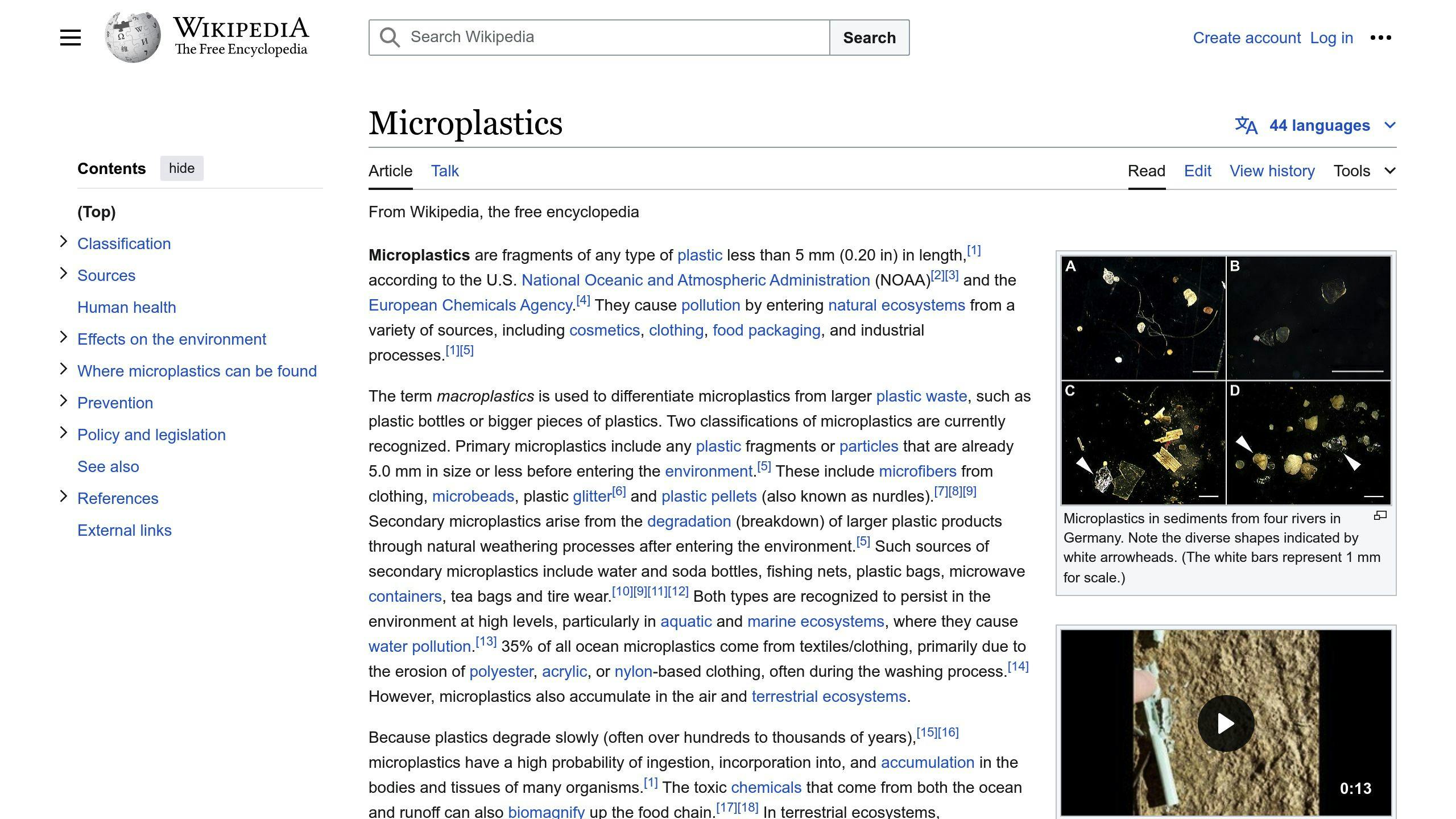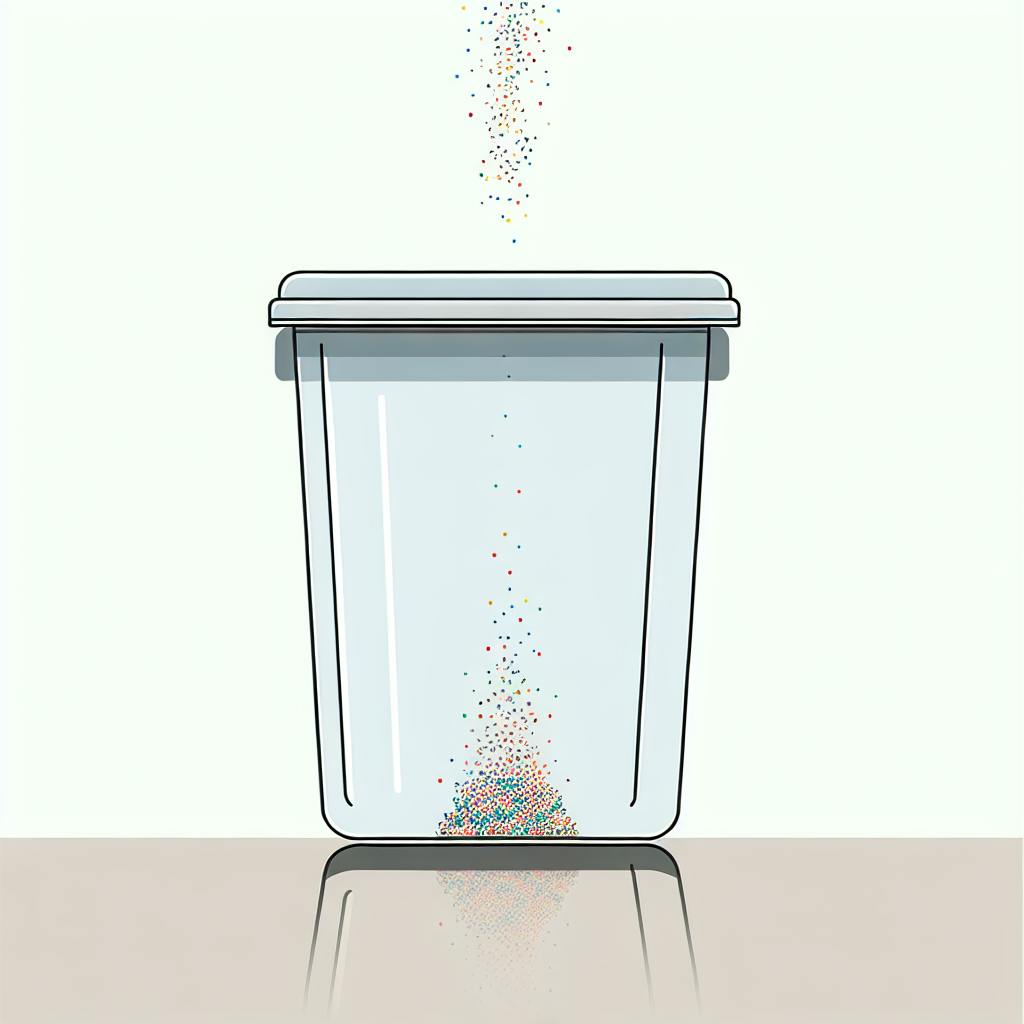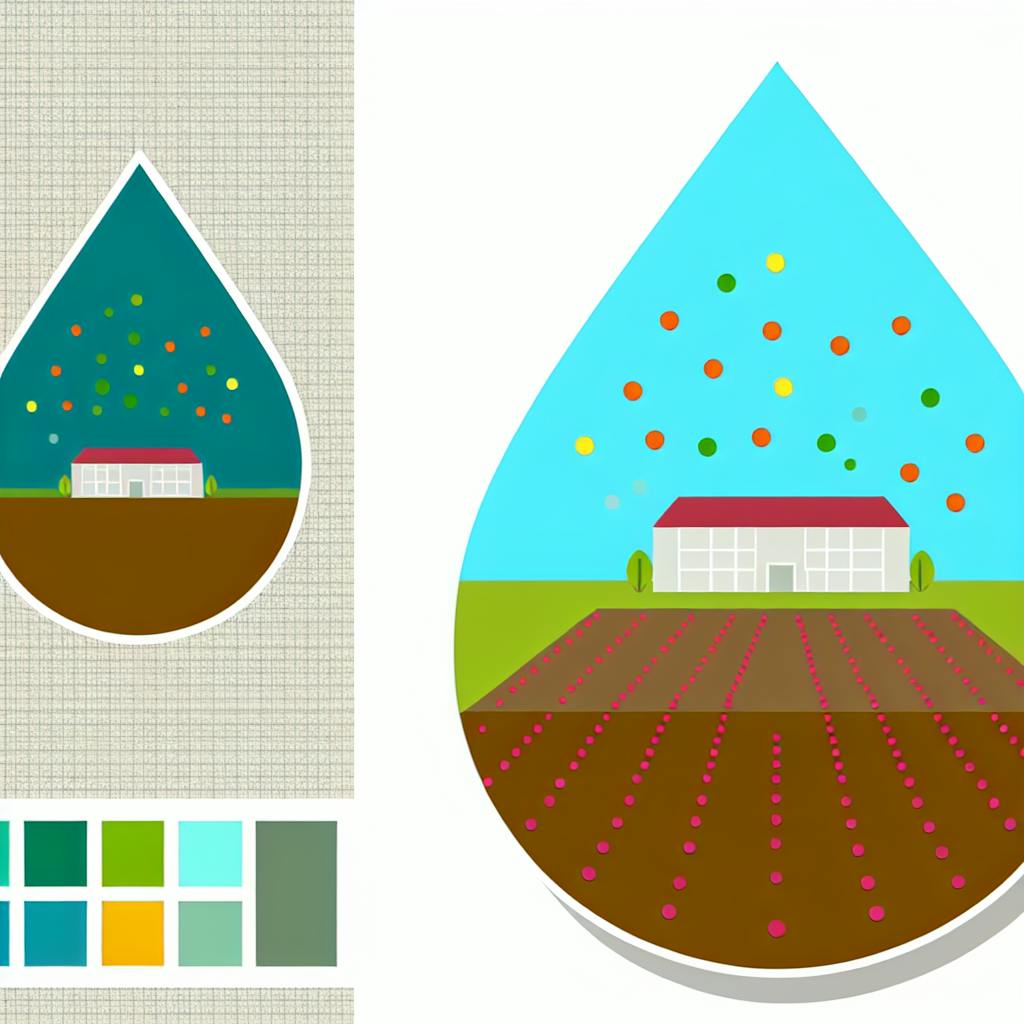Microplastic pollution from food containers is a growing concern. Tupperware, a leading brand in food storage, has been scrutinized for releasing microplastics into food and drinks, especially when heated or used repeatedly.
Key Takeaways:
- What are Microplastics? Tiny plastic particles less than 5mm in size that come from larger plastic items breaking down, microbeads in personal care products, and synthetic fibers.
- How are Microplastics Released? Heat, aging, and chemical composition of plastic containers can cause them to degrade and release microplastics into food.
- Health Risks: Ingesting microplastics may lead to digestive issues, cancer risk, reproductive problems, and neurological damage.
- Safer Alternatives: Glass, stainless steel, ceramic, and natural fabrics are safer options for food storage compared to plastic.
Quick Comparison of Food Storage Materials:
| Material | Advantages | Drawbacks |
|---|---|---|
| Glass | Non-porous, chemically inert, easy to clean | Breakable, heavy |
| Stainless Steel | Durable, corrosion-resistant, easy to clean | Not microwave safe, expensive |
| Ceramic | Non-toxic, suitable for hot and cold foods | May contain lead, brittle |
| Natural Fabrics | Eco-friendly, breathable, reusable | Not for hot foods, prone to mold |
Tips for Consumers:
- Avoid microwaving plastic containers
- Choose BPA-free products and alternative materials
- Hand-wash containers instead of using the dishwasher
- Replace damaged or worn-out containers
Governments and industries are taking steps to address microplastic pollution, but consumers must also make informed choices to minimize exposure and protect their health.
Related video from YouTube
About Tupperware

Tupperware's Origins
Tupperware started in 1946 in South Grafton, Massachusetts. It was founded by Earl Tupper. Over the years, Tupperware grew into a well-known brand. It now operates in over 80 countries and employs thousands of people.
Materials in Tupperware Products
Tupperware products are made from various materials like plastics, glass, and stainless steel. In the past, they mainly used low-density polyethylene (LDPE) and polypropylene (PP) plastics, which are safe for storing food. Recently, Tupperware has introduced new materials that are more eco-friendly.
Tupperware Product Lines
Tupperware offers a wide range of products, including:
- Food storage containers
- Cookware
- Kitchen utensils
Some popular product lines are:
| Product Line | Introduction Year |
|---|---|
| Bell Tumbler and Wonderlier Bowl | 1946 |
| Tupperware Microwave Cookware | 1980s |
Tupperware also has eco-friendly products like reusable straws and coffee cups to reduce single-use plastic waste.
Microplastics from Tupperware

Microplastics can get into food from Tupperware products. This is a growing concern as ingesting microplastics may harm human health. In this section, we'll look at how microplastics are released from Tupperware and what research has found.
How Microplastics are Released
Microplastics can come from Tupperware products in a few ways:
- Heating: When plastic containers are microwaved, the heat can cause them to break down and release microplastics into food.
- Aging: Exposure to sunlight or high temperatures over time can make plastic degrade and release microplastics.
- Chemical composition: Certain chemicals in the plastic can leach into food, contaminating it with microplastics.
Research Findings
Studies have looked into microplastic release from Tupperware products:
| Study | Findings |
|---|---|
| Study on microwaving plastic baby food containers | Microwaving released over 2 billion nanoplastics and 4 million microplastics per square centimeter of container. |
| Study on refrigeration and room temperature storage | After 6 months, millions to billions of microplastics and nanoplastics were released into foods stored in plastic containers. |
Usage Factors
How you use Tupperware products can affect microplastic release:
- Microwaving releases more microplastics than refrigerating or storing at room temperature.
- The type of food stored in plastic can impact how much microplastic is released.
- Repeated use and washing of plastic containers causes them to degrade faster, releasing more microplastics over time.
sbb-itb-1dc3f59
Health Risks of Microplastics
Ingesting microplastics through food stored or heated in Tupperware containers can pose significant health risks. Research suggests microplastics may harm the human body in various ways.
Potential Health Issues
Studies show microplastics can cause:
- Digestive problems: Microplastics can build up in the digestive system, causing inflammation, oxidative stress, and gut microbiome damage.
- Cancer risk: Some microplastics are carcinogenic, increasing cancer risk.
- Reproductive issues: Microplastic exposure is linked to reduced fertility and birth defects.
- Neurological damage: Microplastics can cross the blood-brain barrier, potentially causing cognitive impairment.
Research on Microplastic Toxicity
| Study | Findings |
|---|---|
| CalSPEC report | Microplastic exposure may cause digestive hazards like cancer, and reproductive and respiratory problems. |
| Vethaak et al. | Microplastics were found in healthy individuals' blood, with potential risks like inflammation, cancer, and reproductive issues. |
| Rizzo et al. | Microplastics in the lungs were associated with respiratory problems like asthma and COPD. |
Vulnerable Groups at Higher Risk
Infants and pregnant women may be more vulnerable to microplastic exposure:
- Infants: Microplastics found in baby food and formula pose risks to infant health and development.
- Pregnant women: Exposure during pregnancy is linked to birth defects and reproductive problems.
To reduce microplastic exposure, especially for vulnerable groups, it's important to use alternative materials, properly dispose of plastic waste, and reduce plastic use in food packaging and containers.
Regulations and Industry Response
Rules on Microplastic Pollution
Governments worldwide are taking action against microplastic pollution:
- The European Union aims to remove sources of intentionally produced microplastics from consumer products and manufacturing.
- The United States and Canada are implementing monitoring programs and regulations to better understand microplastic issues.
- The United Nations has proposed a legally binding "Plastic Treaty" to combat plastic pollution by 2024.
Industry Actions
The food storage industry is working to reduce microplastic release and improve food safety:
- Some manufacturers are phasing out BPA and other bisphenols from their products.
- Others are exploring alternative materials like glass, porcelain, and stainless steel, which are safer and more durable.
- Companies like Tupperware offer durable, BPA-free plastic food containers with a lifetime guarantee.
Tupperware's Efforts
Tupperware has taken steps to address microplastic pollution concerns:
- They offer products made from alternative materials like glass and stainless steel.
- Their durable plastic containers are designed for hand-washing, reducing microplastic release.
- Tupperware's lifetime guarantee encourages customers to replace damaged containers, reducing pollution.
Safer Options for Food Storage
Alternative Materials
To reduce microplastic release from food containers, consider these safer options:
- Glass: Glass containers are non-porous and chemically inert, making them ideal for storing and reheating food.
- Stainless Steel: Durable and corrosion-resistant, stainless steel containers can withstand hot and cold temperatures. They are easy to clean.
- Ceramic: Ceramic containers are non-toxic and suitable for both hot and cold foods.
- Natural Fabrics: Cotton, bamboo, and beeswax wraps are eco-friendly options for food storage.
Comparing Materials
| Material | Advantages | Drawbacks |
|---|---|---|
| Glass | Non-porous, chemically inert, easy to clean | Breakable, heavy |
| Stainless Steel | Durable, corrosion-resistant, easy to clean | Not microwave safe, can be expensive |
| Ceramic | Non-toxic, suitable for hot and cold foods | May contain lead, can be brittle |
| Natural Fabrics | Eco-friendly, breathable, reusable | Not suitable for hot foods, prone to mold |
Tips for Consumers
To minimize microplastic exposure from food containers:
- Avoid microwaving plastic containers, as heat can cause microplastic release.
- Choose BPA-free products and alternative materials like glass, stainless steel, or ceramic.
- Hand-wash containers instead of using the dishwasher, as high heat can release microplastics.
- Replace damaged or worn-out containers to prevent microplastic release.
New Product Solutions
Innovative products and packaging solutions are being developed to reduce microplastic contamination in food storage, such as:
- Reusable silicone bags and containers
- Edible cutlery and packaging made from natural materials
- Biodegradable packaging materials like PLA (polylactic acid) and PBAT (polybutylene adipate-co-butylene terephthalate)
Conclusion
The case of Tupperware highlights the growing issue of microplastic pollution from food storage containers. As consumers, we must be aware of the potential risks of ingesting microplastics and take steps to minimize exposure. Switching to safer alternatives like glass, stainless steel, and ceramic, and adopting responsible usage habits can reduce the amount of microplastics entering our food chain and environment.
Here are some key points:
Safer Food Storage Options
| Material | Pros | Cons |
|---|---|---|
| Glass | Non-porous, chemically inert, easy to clean | Breakable, heavy |
| Stainless Steel | Durable, corrosion-resistant, easy to clean | Not microwave safe, can be expensive |
| Ceramic | Non-toxic, suitable for hot and cold foods | May contain lead, can be brittle |
| Natural Fabrics | Eco-friendly, breathable, reusable | Not suitable for hot foods, prone to mold |
Tips for Consumers
- Avoid microwaving plastic containers, as heat can release microplastics.
- Choose BPA-free products and alternative materials.
- Hand-wash containers instead of using the dishwasher.
- Replace damaged or worn-out containers.
Manufacturers and policymakers must prioritize developing sustainable and non-toxic materials for food storage. Together, we can work towards a safer and more environmentally conscious approach to food storage and consumption.


